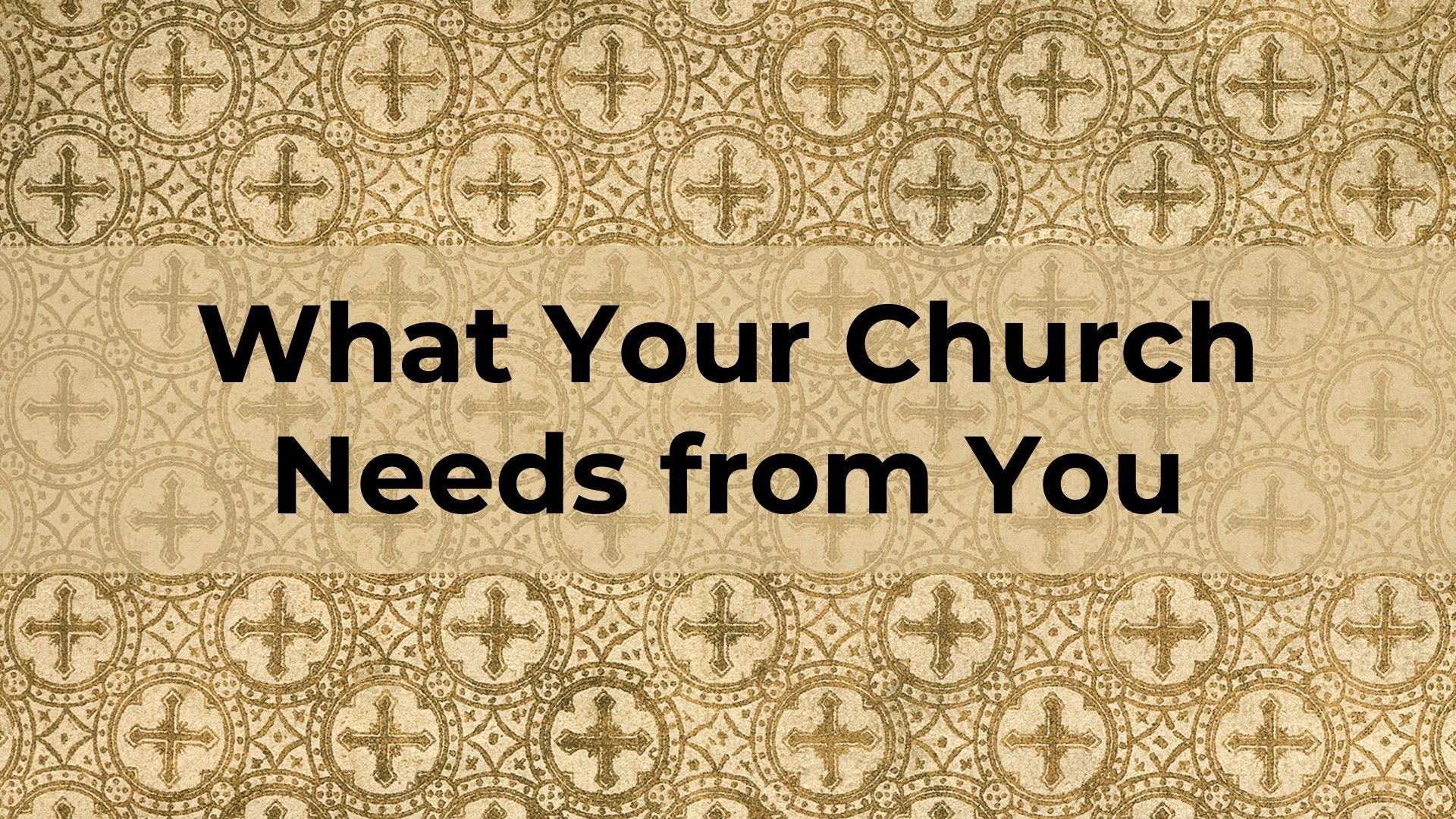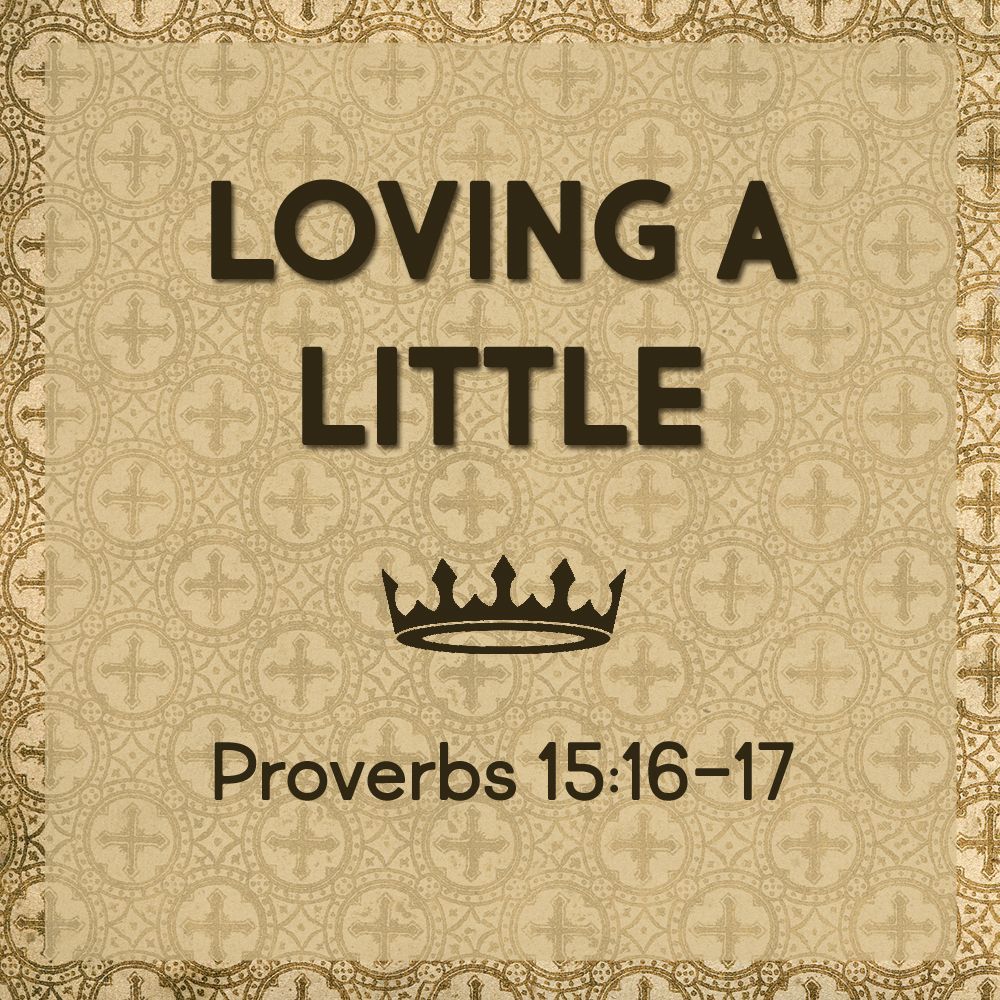How We Got the Bible
Crossway published an article this morning titled “5 Myths about How We Got the Bible” in their “5 Myths” series that I’d like to share with you and comment upon.
Myth #1: The books were chosen by a church council.
The process of canonization was not a process of a particular group of authorities authorizing a particular set of books at a particular point in time, but rather a process of the universal church coming to recognize which books possess an inherent authority as the Word of God. In other words, the books of the Bible are self-attesting.
As with the Old Testament cannon, which Jesus affirmed, the process of recognizing the New Testament cannon took time, especially given the persecution being faced by the first Christians and the large geographic distances and cultural differences separating the first churches. All 27 books of the New Testament were circulating among these churches by the end of the first century, and all of the earliest writings from the time following the apostles attribute a unique authority to these 27 books.
For a fuller (and better) treatment of this topic, see “Question 6: Who Determined What Books Would Be Included in the Bible?") in Plummer’s “40 Questions about Interpreting the Bible” that we’re studying in the Bereans Sunday school class.
Myth #2: The original text is lost.
While it’s true that we no longer possess the original autographs, the New Testament books are far and away the most well-attested documents from antiquity, which is to say that we have far older and a far greater number of copies of these writings than we do any other ancient writings. When we include the ancient translations of these books into other languages, we have more than 24 thousand ancient manuscripts to compare with one another in order to determine where copyists made mistakes, thus giving us tremendous confidence regarding the original text.
For a fuller (and better) treatment of this topic, see “Question 5: Were the Ancient Manuscripts of the Bible Transmitted Accurately?” in Plummer’s “40 Questions about Interpreting the Bible”.
Myth #3: Jewish scribes had zero tolerance for mistakes.
The copyists who preserved the writings of both the Old and New Testaments over millennia were meticulous, but they were also human, and they made mistakes. Even so, no text in question affects Christian doctrine in any way.
Myth #4: Translation debates are new.
Ever since the tower of Babel, the work of translating from one language to another has proven to be challenging. That’s not new.
For a fuller (and better) treatment of this topic, see “Question 7: Which Is the Best English Bible Translation?” in Plummer’s “40 Questions about Interpreting the Bible”.
Myth #5: The Catholic church outlawed Bible translation.
While the Catholic church did imprison and horrifically execute numerous people for translating the Bible into English, “the opposition was never universal or absolute.”
Praise God for the gift of the Bible, from its inspiration to preservation to translation to personal application. As the Crossway article concludes: "One thing the Bible’s history teaches us never to do is take it for granted."
Blessings in Christ,
Pastor Evan



